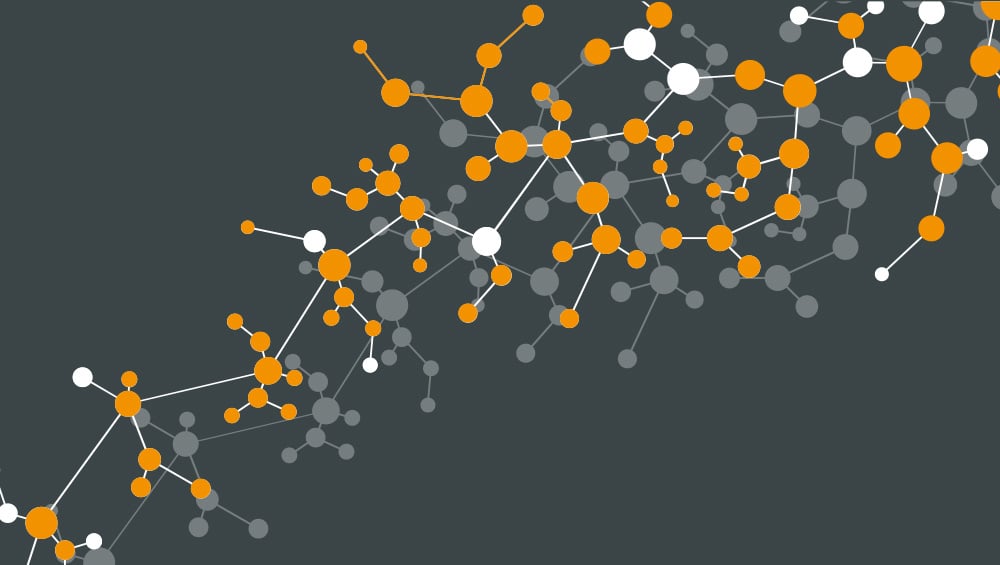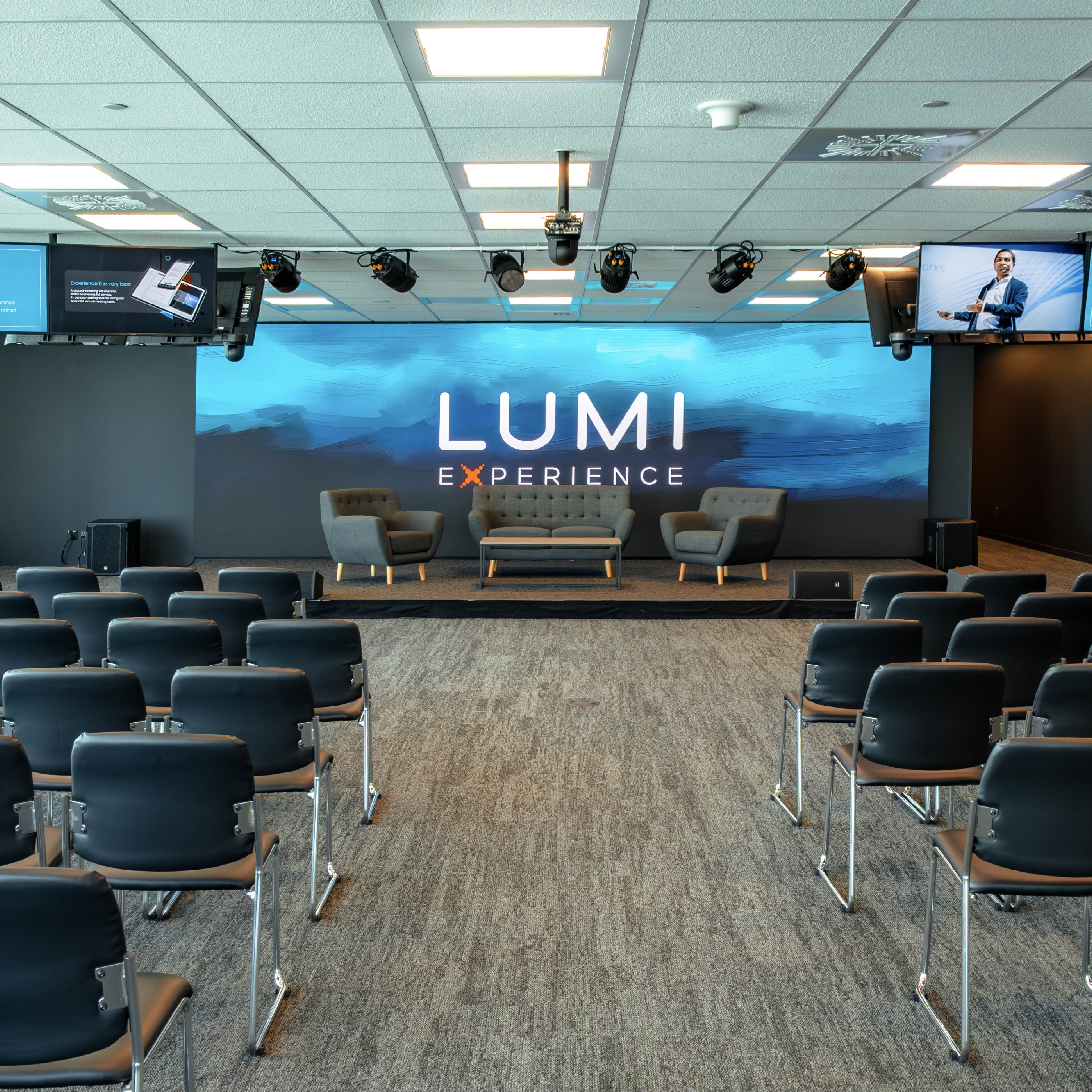There is a rising trend in entertainment and events that every event manager should be taking advantage of. While the core desire fueling the event trend is timeless, new technology is bringing new ways to capture people’s attention and provide a unique experience. In this article I’ll give examples of the trend in society, but also how event planners can use it to engage attendees.
I had never seen anything like it before. My heart was pounding. I was used to the act of watching TV being a passive experience and this caught me off guard. For once I wasn’t thinking about checking my phone while leaving the TV on in the background. I wasn’t thinking about anything. I was completely in the moment.
The TV show that captured my complete attention is HBO’s True Detective. In the scene that sent my blood pressure through the roof, a police officer goes undercover during a raid. What made this scene so unique is how it was filmed and directed. Instead of quick cuts between clips to match the fast pace of the action, the six-minute scene was filmed with a single take. This made it feel like I was a part of the experience. The camera became the eyes of the audience.
THE GROWING TREND OF IMMERSIVE EXPERIENCES
SnapChat, the disappearing photo and video-sharing app, continues to experience explosive growth. Snapchat stories get 1 billion views daily while 760 million disappearing photos and video messages are sent every day.
What makes Snapchat so popular and compelling? To me, it’s the urgency. When someone messages you a photo or video, you only get to look at it once for a maximum of 10 seconds. This scarcity creates an almost forced attention that isn’t found on other social networks like Facebook and Twitter.
Technology is also fueling the rise of immersive entertainment. Dolby Atmos enables movie theaters to mimic the sound of real-life environments. And in the home, curved TV’s were a huge trend this year.
While all of this is interesting, what does it mean for events?
FLOW: THE KEY TO OPTIMAL ATTENDEE EXPERIENCE
If you’ve ever played a sport or have done a little gambling while attending a conference in Vegas, you’ve likely experienced flow.
Flow, as Mihaly Csikszentmihalyi describes it in his book, is:
“…the state in which people are so involved in an activity that nothing else seems to matter; the experience itself is so enjoyable that people will do it even at great cost, for the sheer sake of doing it.”
Flow is about creating an experience where a person loses their sense of self. They become so consumed in the experience that they don’t focus on anything else except the present moment.
How do you create a flow experience? As Mihaly explains in his book, there are eight major components of a flow state. When people reflect on positive experiences, at least one, if not all, of these conditions are met.
First, the experience usually occurs when we confront tasks we have a chance of completing. Second, we must be able to concentrate on what we are doing. Third and fourth, the concentration provides immediate feedback. Fifth, one acts with a deep but effortless involvement that removes from awareness the worries and frustrations of everyday life. Sixth, enjoyable experiences allow people to exercise a sense of control over their actions. Seventh, concern for the self disappears, yet paradoxically the sense of self emerges stronger after the flow experience is over. Finally, the sense of the duration of time is altered; hours pass by in minutes, and minutes can stretch out to seem like hours.
HOW TO CREATE A FLOW EXPERIENCE AT YOUR EVENT
A crucial part of creating a flow experience is that the participant must be active. A flow experience is something we work to create, not something that passively happens to people.
People like to be involved in experiences instead of passively watching them. This is why audience response systems have become popular and will continue to see wider adoption next year. Audience response systems take a passive participant and give them an active voice. Even with hundreds or thousands of attendees watching a single talk, the presenter can poll the audience and get instant feedback, making audiences feel as if their input can influence the direction of the presentation.
But audience response systems aren’t the only way to engage attendees. The merging of technology and gamification occurred for the simple reason that games are one of the easiest ways to create a flow state. And mobile event apps can inspire further participation from attendees in a way that feels fun and engaging.
What to make of the trend and new technologies?
While technologies change, the desire people have for flow experiences will always remain. What changes is how they achieve the flow state. For events in 2015, look for event planners to offer more opportunities for immersive experiences with attendees being eager participants.



